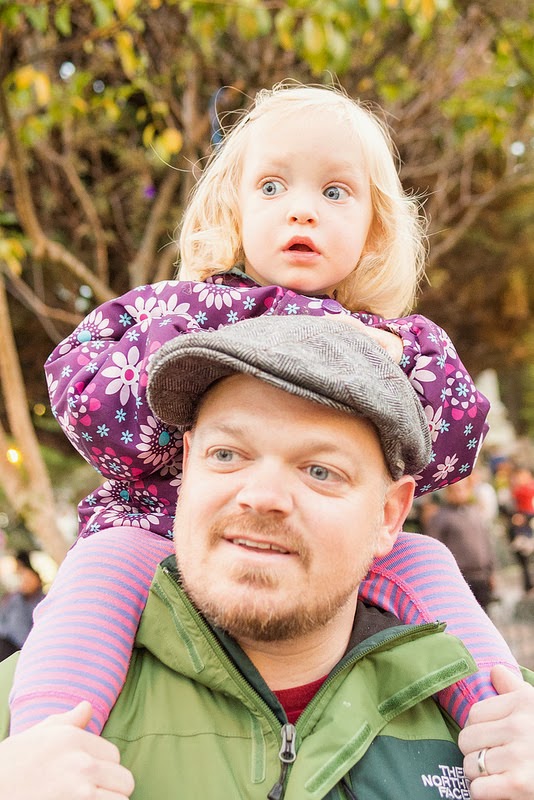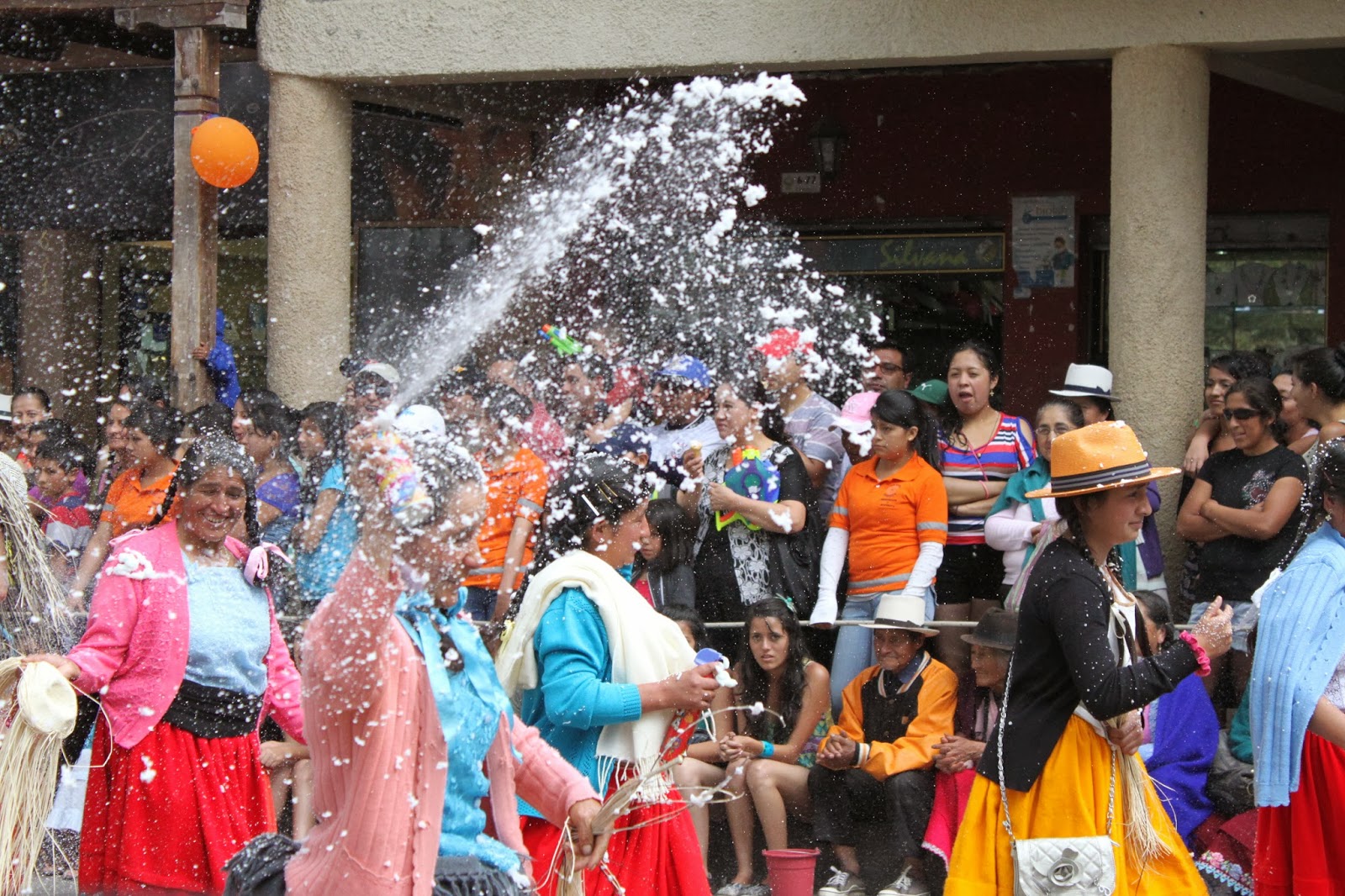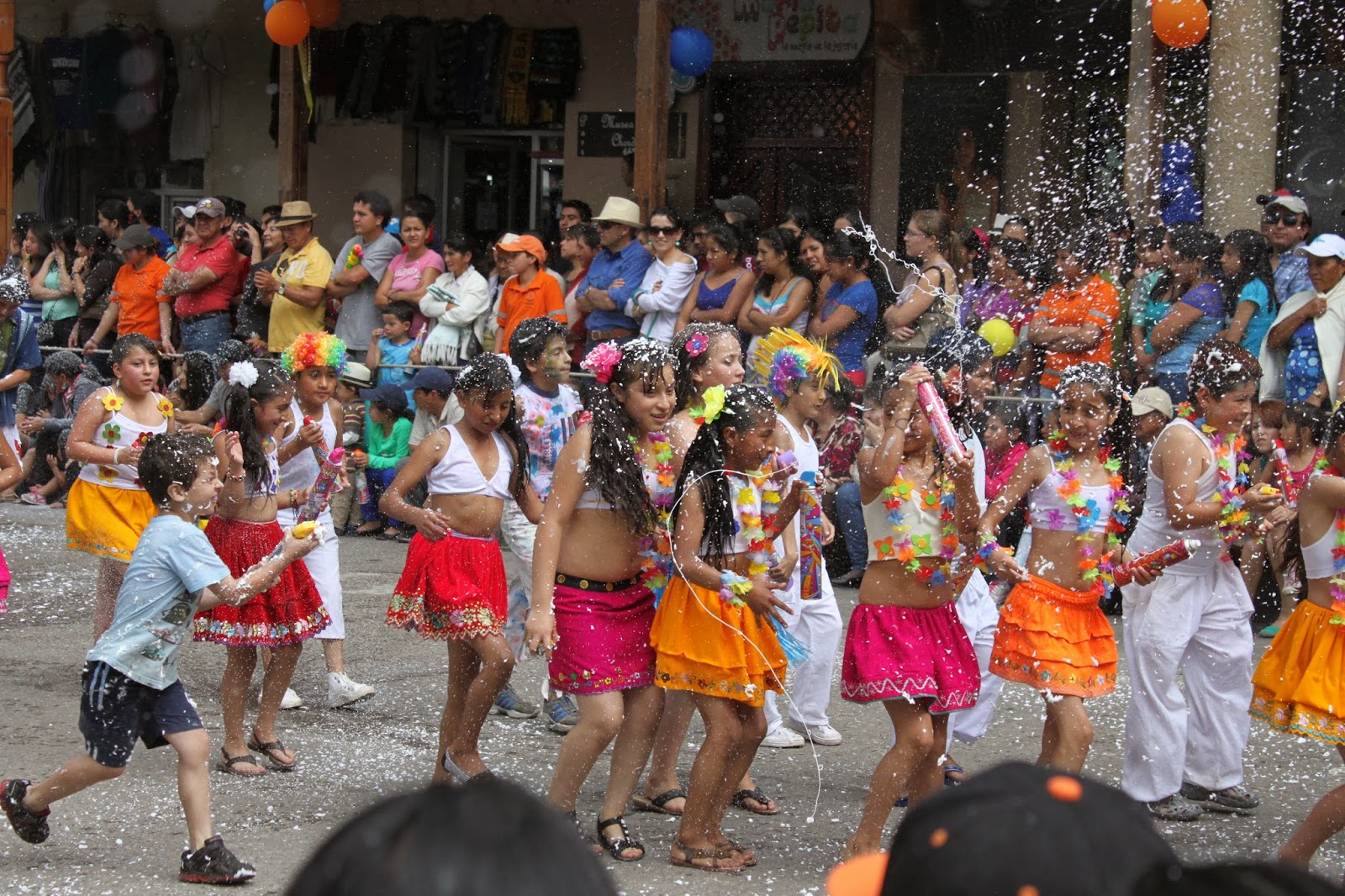"hell Kitty" -- the more evil and slightly less cuddly Ecuadorian cousin to hello kitty
"sweet & sexy kids" -- There is an adult version of this clothing store called "sweet & sexy" just across the aisle in Cuena's most popular mall. Neither store has anything particularly sexy, so I will assume this is the work of a marketing executive who does not fully understand the term "sexy." S/He must also be responsible for this kids' stuffed animal store:
"sexy locuras" -- literally translates to "sexy madness." There is also an adult version of this store next door with the same name, however, in that case the name is actually appropriate, as they sell sexy adult clothing and, um. . . let's say, accessories.
Moving on. . .

"Fumar te causa Gangrena" (smoking causes gangrene)
"Fumar te causa impotencia sexual" (smoking causes sexual impotence) -- As many of you know, I am a physician assistant and have spent the last 10 years working in thoracic surgery. This means that the vast majority of my patients are former or current smokers, so I'm particularly interested in the smoking habits and marketing of cigarettes in other countries. The images above may seem shocking to those in the US, where heaven forbid we should plainly disclose the numerous adverse effects of smoking in a way that everyone can understand, instead of hiding it on the smallest bit of real estate on the box in words only. This type of advertising, however, is very common in the rest of the world. In Thailand, they have autopsy photos of smokers' lungs right on the box. Now, I'm not entirely convinced that having gruesome medical photos on a box of cigarettes will convince a long-time smoker to just wake up one morning and quit. Smoking is an addiction, like heroin or alcohol for some. People do not continue smoking because of lack of information. However, I wouldn't be surprised if the picture on the box above on the right made a 15 year-old boy stop and think for a few minutes before trying his first cigarette.
"Mi marido no lo entiende" (my husband doesn't understand) -- this is a women's clothing store about a block from our house. It is along our walking route to school so every day, twice a day when we pass by, Sofia shakes her head and mutters with an exasperated tone, "my husband just doesn't understand." This name sticks in my craw a little. It perpetuates the stereotype that all women love to shop and spend money and men just don't get it. I hate shopping for clothes and shoes. I bought a pair of pants at the Columbia Outlet store in Portland (on sale) before we moved and love them so much, I plan to just order 3 more pairs in different colors and be done with pants shopping for the next 5 years. One day, we saw the owner taking everything down and packing it into a van. . . the store was closing. Apparently, her husband understood better than she did (at least about the viability of her store.)
I've saved my favorite for last.
"McMierda" (McS**t) -- By my count, there are 2 McDonald's in Cuenca and they are not very welcome, as evidenced by the ad above. Unfortunately, I can't read the first few words above the picture of the sweet baby nursing from a sesame seed bun, but the gist of the message is, "if this is the nutrition you give your children, you give them a future of illness." (Fun Factoid: In researching this ad on Google images in the hopes of finding an intact poster to translate, I discovered that International Anti-McDonald's Day is October 16! I also found some seriously disturbing anti-McDonald's images.)
-- Ileana

















































